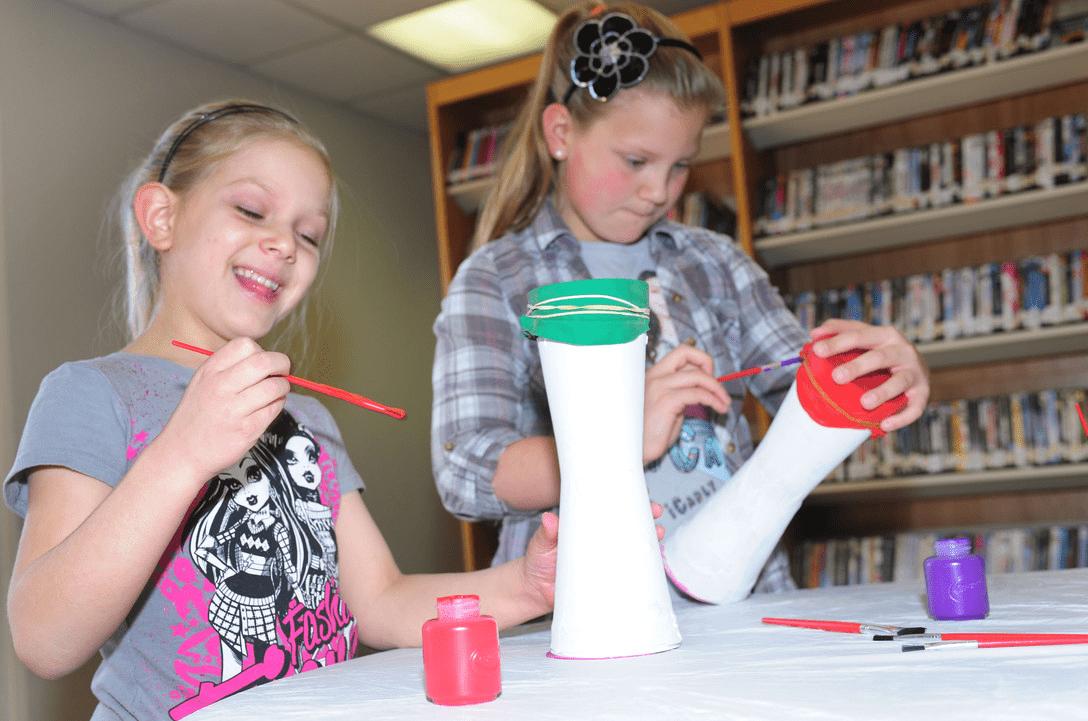Storypath Helps Teachers Create Hands-On Social Studies Activities that Support Social-Emotional Learning

What is Storypath?
Storypath offers a structure that allows teachers to organize a hands-on social studies curriculum with engaging activities for students.
Storypath includes an instructional strategy that is based on the research that children learn best when they are active participants in their own learning.
When students have to create, role-play, come up with ideas, problem-solve, etc., they learn the material from the inside out.
The structure and teaching strategy of Storypath work together to ensure that students feel strongly motivated and have meaningful and memorable learning experiences.
What happens in a Storypath lesson?
During a Storypath lesson, students will learn about a concept by following the steps of creating a story.
The steps are as follows:
- Creating the Setting
- Creating the Characters
- Building Context
- Critical Incidents
- Concluding Event
Students use hands-on materials to depict their stories.
They will role-play with the characters they create, make decisions as a team, and bring their story to life. Books with key questions are provided to use as a guide.
Where did Storypath come from?
Originally developed in Scotland during the 1960s, Storypath draws support from decades of experience with teachers and students.
The approach has its roots in the following beliefs about children and learning:
- The world is complex and includes many layers of information. Children know a lot about the world already.
- Children have a wealth of knowledge that is often untapped in classroom settings.
- When children build on their knowledge through activities such as questioning, investigating, and researching, new understandings are acquired.
- Problem-solving is a natural and powerful endeavor. When students are engaged in problem-solving, they take ownership of their learning.
- The story form utilized in Storypath integrates Literacy Standards to help children apply their learning in meaningful activities, which allows them to gain a deeper, more complex understanding of what they are learning.
- When children construct their own knowledge and understanding of their world, their learning is naturally more meaningful and memorable.
- When children research life skills within the context of Storypath, they develop critical thinking skills along with social-emotional learning.
Social-Emotional Learning is described as “the process through which children and adults acquire and effectively apply the knowledge, attitudes, and skills necessary to understand and manage emotions, set and achieve positive goals, feel and show empathy for others, establish and maintain positive relationships, and make responsible decisions.”
Why is Storypath beneficial for students with emotional and behavioral needs?
Research indicates indicate that:
- Students with significant emotional and behavioral needs, can successfully engage in less structured and more challenging academic activities and use social-emotional skills effectively within the context of Storypath Lessons.
- Storypath Lessons integrate social-emotional learning opportunities into meaningful, well-planned and engaging academic instruction.
- Students are given an opportunity to authentically learn and practice key social and academic skills.
- With authentic learning students are better able to internalize and generalize the skills; because they are a natural part of everyday learning and social interactions.
Storypath is an effective academic tool.
Additional research supports the use of Storypath as an effective tool for encouraging student participation.
For instance, in a 2010 study, a group of students created a small town faced with a proposed shopping mall.
Students, in their roles as townspeople—business owners, employees, and elected and appointed officials (mayor, city council members, and planning commission members)—actively participated in determining what was best for their town.
Here are some sample projects created by students participating in Storypath lessons:

In the video below, students connected their Storypath Community to real current events in their own community.
This helped students learn how people must work together to solve problems and challenges in their community.
Education and Behavior – Keeping Adults on the Same Page for Kids!

Rachel Wise is the author and founder of Education and Behavior. Rachel created Education and Behavior in 2014 for adults to have an easy way to access research-based information to support children in the areas of learning, behavior, and social-emotional development. As a survivor of abuse, neglect, and bullying, Rachel slipped through the cracks of her school and community. Education and Behavior hopes to play a role in preventing that from happening to other children. Rachel is also the author of Building Confidence and Improving Behavior in Children: A Guide for Parents and Teachers.
“Children do best when there is consistency within and across settings (i.e., home, school, community). Education and Behavior allows us to maintain that consistency.”








